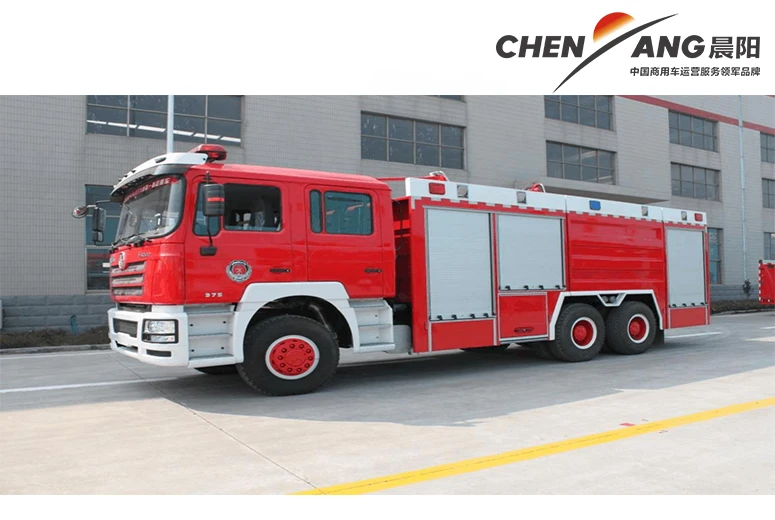cvt transmission belt
Understanding CVT Transmission Belts A Comprehensive Guide
In the rapidly evolving world of automotive technology, the Continuously Variable Transmission (CVT) has emerged as a popular option for many vehicles, particularly in fuel-efficient models. One of the critical components of a CVT is the transmission belt, often referred to as the CVT belt. This article delves into the purpose, characteristics, maintenance, and innovations of CVT transmission belts, shedding light on their importance in modern vehicles.
What is a CVT Transmission Belt?
A CVT transmission belt is a crucial element in the operation of a Continuously Variable Transmission system. Unlike traditional automatic transmissions that use fixed gear ratios, a CVT provides a seamless transition between an infinite number of effective gear ratios. This design enables the engine to operate at its most efficient RPM, thereby optimizing fuel efficiency and delivering smoother acceleration.
The CVT belt, typically made of strong and flexible materials, connects two conical pulleys. As the vehicle accelerates, the belt moves up and down the pulleys, adjusting the gear ratio as needed. This constant variation means drivers experience a more refined and responsive performance compared to conventional transmissions.
Characteristics of CVT Transmission Belts
1. Material Composition CVT belts are generally constructed from high-strength materials like rubber and reinforced with fabric, steel, or Kevlar. These materials provide the necessary durability and flexibility to handle the varying tension and torque loads encountered during operation.
2. Design The design of a CVT belt is particularly unique, often resembling a chain or a loop. The specific shape allows for optimal engagement with the pulleys, ensuring efficient transfer of power from the engine to the wheels.
3. Durability CVT belts are engineered to withstand significant wear and tear. However, like all automotive components, they have a finite lifespan and may require replacement after a certain mileage or usage period.
4. Performance One of the standout features of CVT belts is their ability to adapt to driving conditions. They ensure smooth acceleration, reducing the ‘gear shift’ feeling often experienced in traditional transmissions. This is particularly beneficial in stop-and-go traffic or when driving on hilly terrain.
Maintenance of CVT Transmission Belts
cvt transmission belt

Maintaining your CVT transmission belt is crucial for ensuring the longevity and efficiency of the transmission. Here are some practical tips for drivers
- Regular Inspections Periodic checks of the transmission system can help detect any potential issues early
. Look for signs of wear such as fraying or cracks in the belt.- Fluid Changes CVT systems rely on specific transmission fluids for proper operation. Regularly changing the fluid as recommended by the manufacturer can significantly enhance the performance and lifespan of the transmission belt.
- Avoid Overloading Exceeding the vehicle's weight capacity can put undue stress on the CVT system and its components, including the belt.
- Follow Manufacturer Guidelines Always adhere to the maintenance schedule provided by the vehicle manufacturer. This includes timely replacements of the CVT belt as needed.
Innovations and Future Trends
As automotive technology continues to advance, so does the development of CVT transmission belts. Researchers are exploring new materials and designs aimed at enhancing durability and efficiency. For instance, the incorporation of composite materials could lead to lighter and more robust belts, reducing energy losses and improving overall performance.
Additionally, with the rise of electric vehicles (EVs), the role of CVT belts may evolve. Some manufacturers are investigating how CVT technology can be adapted for electric drivetrains, potentially leading to new applications of the CVT belt concept.
Conclusion
The CVT transmission belt is an essential component that significantly influences a vehicle's performance and efficiency. Understanding its function, maintenance needs, and advancements can empower drivers to take better care of their vehicles and appreciate the sophisticated technology that underpins modern transportation. As automotive innovations continue to progress, the CVT belt is poised to play a vital role in shaping the future of vehicle performance, blending efficiency with a smoother driving experience.
-
SINOTRUK HOWO 84 Electric Dump Truck for Eco-Friendly Heavy HaulingNewsJul.26,2025
-
The Fast 16-Gear Manual Transmission Assembly for Heavy TrucksNewsJul.25,2025
-
Mercedes Benz Actros 1848 42 Tractor Truck for Sale - Reliable PerformanceNewsJul.24,2025
-
High-Quality Water Pump Assembly for Sinotruk Trucks – Durable & ReliableNewsJul.23,2025
-
Premium Truck Engine Antifreeze Coolant Fluid for Heavy Duty VehiclesNewsJul.22,2025
-
FOTON View G7 Mini Bus: Affordable & Spacious TransportNewsJul.22,2025
Popular products

























